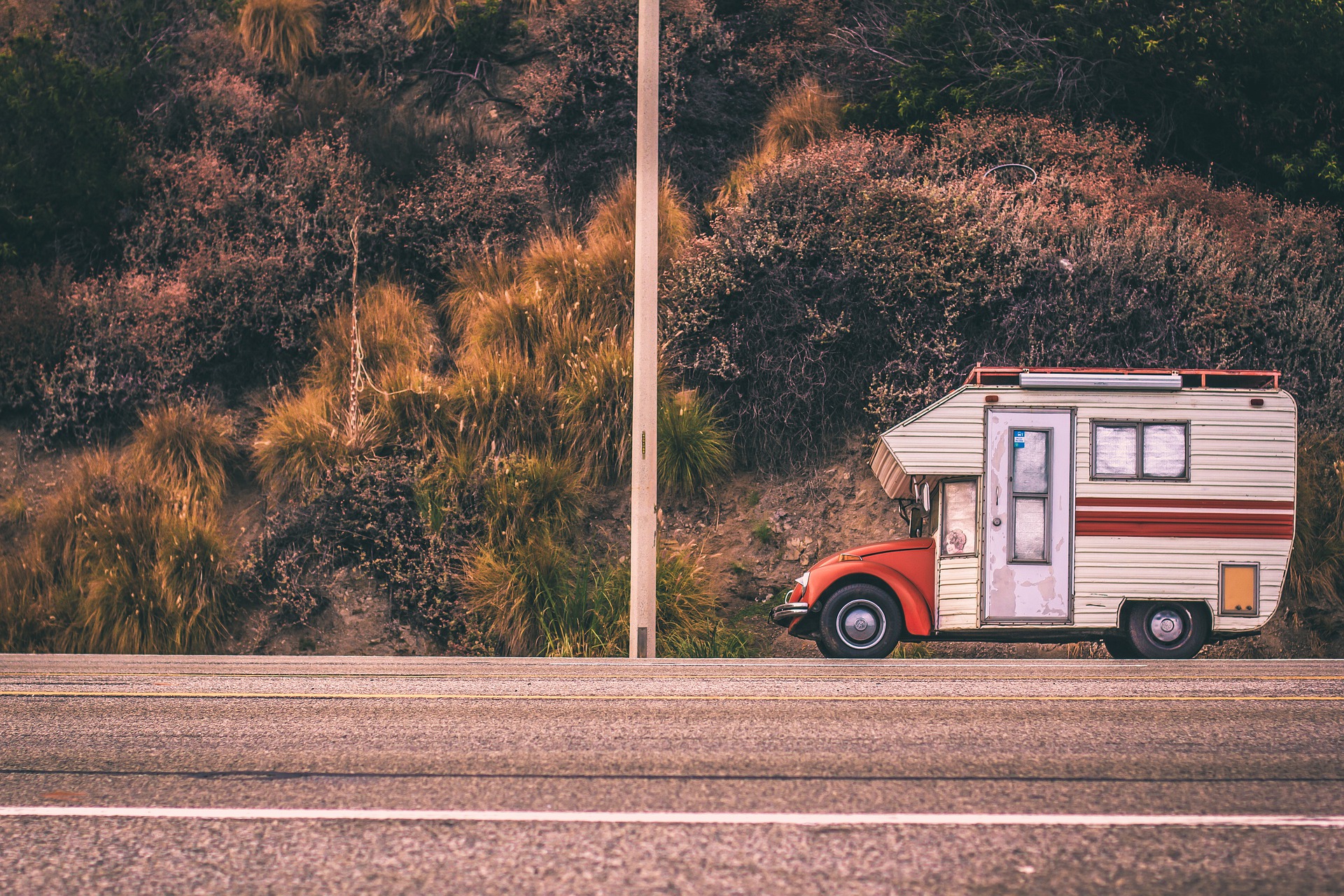RV Living Guide: Essential Tips for Campers & Motorhomes
Get ready for unforgettable road adventures with this comprehensive RV living guide. Whether you’re choosing a compact campervan, a Class A motorhome, or gearing up for off-grid stays, learn about bathroom setups, smart trip planning, campsite gear, solar power, and maintenance tips. Ideal for first-timers and seasoned travelers alike—discover practical advice to make your next road trip comfortable, safe, and worry-free.
Life on the road can be liberating, but it also demands smart choices and practical preparation. This guide covers the essentials—from choosing the right bathroom arrangement to packing the right campsite gear, planning extended routes, and understanding common RV types. Whether you’re planning a weekend escape or considering full-time travel, these tips will help you enjoy a smoother, more comfortable journey.
Practical Bathroom Options for RV Travel
One of the first questions new RV travelers face is: how will I handle bathroom needs? RV manufacturers offer a variety of layouts to suit different comfort levels and space constraints. Wet baths combine the sink, shower, and toilet in a single waterproof space to save room—ideal for smaller campervans and tight floor plans. Dry baths separate the shower and toilet areas, giving a more residential feel and better privacy.
Larger motorhomes often include full bathrooms with residential-style fixtures, spacious showers, and ample storage for toiletries. In contrast, compact units may rely on cassette toilets, which are convenient and remove for easy dumping, or on portable chemical toilets for occasional use. Understanding how often you’ll boondock, how many travelers are in your group, and your personal comfort needs will help you pick the right solution.
Smart Planning for Longer Road Trips
Good RV travel begins long before you pull out of the driveway. Plan routes that match your vehicle size, avoiding low-clearance or narrow roads if you’re in a larger coach. Book campgrounds in advance during peak seasons and map fuel stops and dump stations along your route. Many apps and websites are dedicated to RVers—these tools locate RV-friendly campsites, affordable diesel, weigh stations, and public dump sites.
Create a flexible itinerary that balances planned stops with room for spontaneous detours. Build in extra time for slower driving, sightseeing, and unexpected repairs. Keep digital and paper copies of important documents, campground reservations, and route maps. If you’re traveling off-grid, locate reliable water fill points and note cell coverage black spots.
Setting Up a Comfortable Campsite
A well-organized setup turns a campsite into a cozy outdoor living room. Essential gear includes leveling blocks and stabilizers to keep the coach steady, outdoor furniture for relaxation, and awnings that provide shade and shelter. Good exterior lighting and wind-resistant screens make evenings more comfortable.
For longer or off-grid stays, solar panels can deliver steady, quiet power for lights, refrigeration, and small appliances. Combine solar with a quality battery bank and an inverter to maximize uptime. Portable generators are useful backups but consider noise and campground regulations when using them. Invest in modular storage solutions—bins, hanging organizers, and under-seat compartments—to make efficient use of limited interior space and keep daily items within easy reach.
Comparing Common RV Types and Typical Features
| RV Type | Typical Length | Key Features | Estimated Base Price |
|---|---|---|---|
| Class A Motorhome | 26–45 ft | Full kitchen, full bathroom, multiple slide-outs | $60,000 - $200,000+ |
| Class B Campervan | 16–22 ft | Compact footprint, basic living amenities | $40,000 - $80,000 |
| Class C Motorhome | 20–33 ft | Over-cab sleeping, balanced amenities, mid-size | $50,000 - $100,000 |
| Travel Trailer | 13–40 ft | Towable, wide range of floorplans | $15,000 - $50,000 |
| Fifth Wheel | 25–45 ft | Spacious interiors, multiple rooms, luxury options | $25,000 - $100,000 |
Prices, rates, or cost estimates mentioned in this article are based on the latest available information but may change over time. Independent research is advised before making financial decisions.
Getting the Most Out of Your RV Adventure
Beyond gear and logistics, the RV lifestyle is about community and self-reliance. Join online forums, social media groups, and local RV clubs to swap campground recommendations, repair tips, and route ideas. Learning basic maintenance—checking tire pressure, monitoring battery health, clearing sewer lines, and troubleshooting electrical issues—can prevent many roadside headaches.
Embrace the rhythm of travel: slow down to explore local attractions, sample regional foods, and meet other travelers. Keep a checklist for routine tasks like propane level checks, water system flushing, and securing loose items before transit. If you plan to live on the road full-time, establish a mailing plan, insurance that covers long trips, and a budget for repairs and unexpected costs.
RV travel combines freedom with responsibility. By choosing the right vehicle and bathroom setup for your needs, planning routes and services carefully, equipping your campsite for comfort and off-grid stays, and staying connected with fellow travelers, you’ll set yourself up for many memorable journeys. Prepare well, stay flexible, and enjoy the open road—your home on wheels can take you to places you never imagined.






